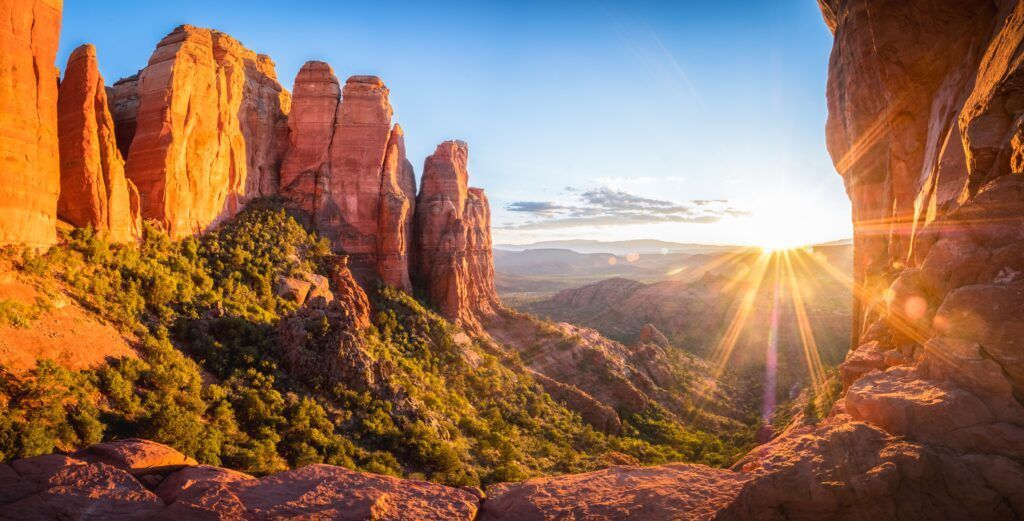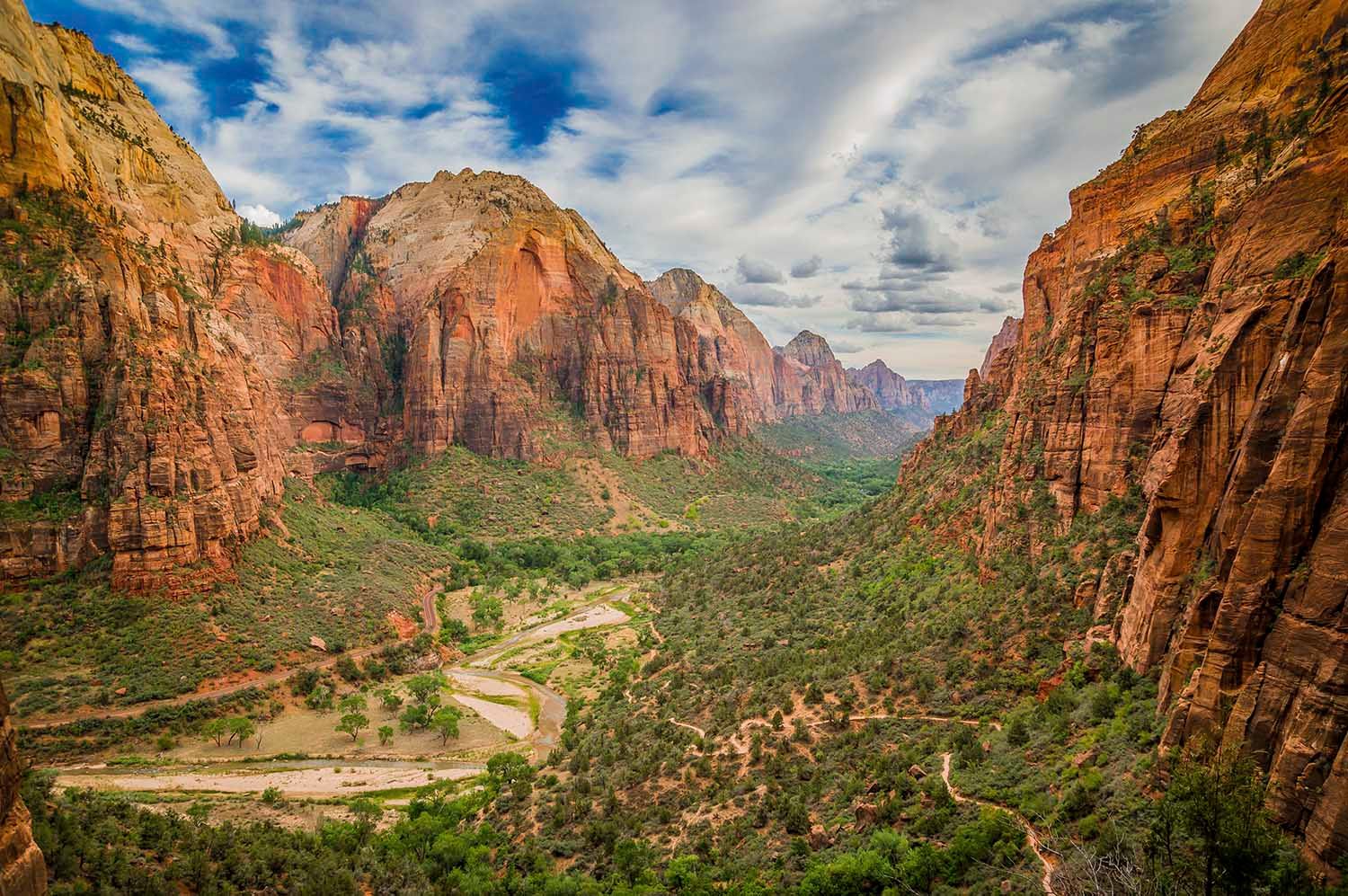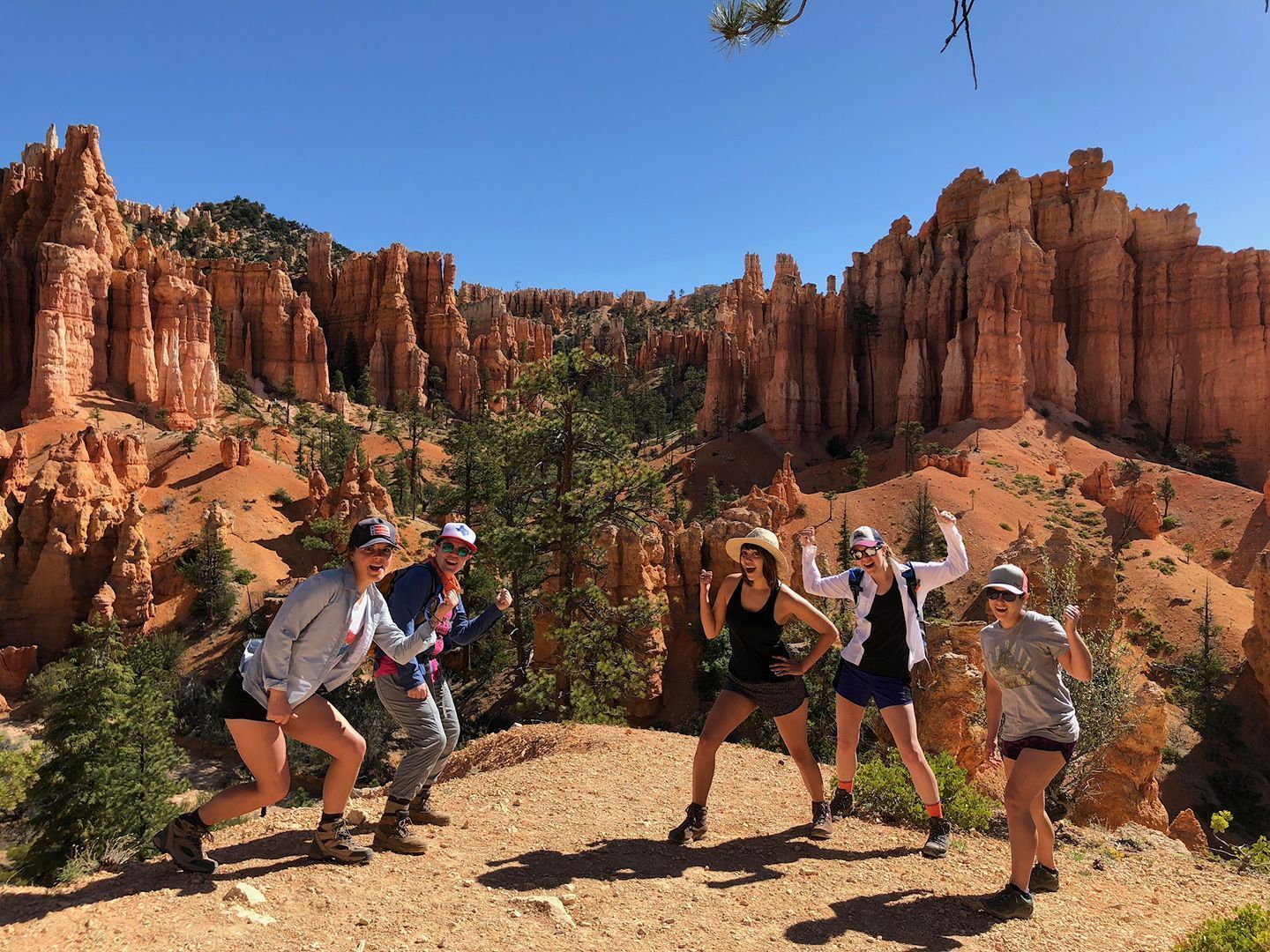Put This On Your Bucket List – Hike to the Bottom of the Grand Canyon
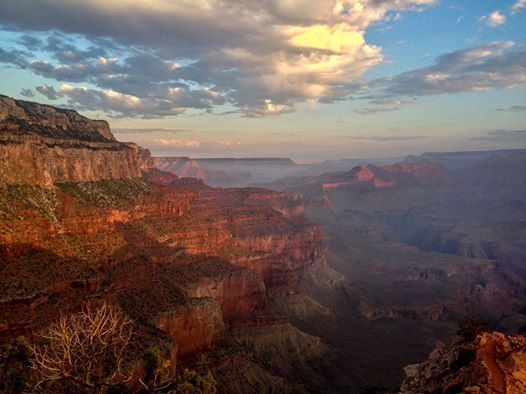
Some bucket list items are more exciting than others – wake up the first time the alarm goes off, mix two different sodas at a restaurant fountain, and getting another cat don’t necessarily get the blood boiling. One trip that is sure to produce more memories than that new cat or a mixed soda is an exasperating hike to the bottom of the Grand Canyon.
The Grand Canyon offers a spectacular view from the Hermit Road overlook…or from space for that matter. That being said there is nothing more immaculate than getting one-on-one time with the natural wonder of the world through a hands-on hiking trip to the bottom.
The Popularity of a Grand Canyon Hike
If you thought the Vegas show for the sound impressionist from Police Academy was a hard ticket to come by, it pales in comparison to the demand for a Grand Canyon hike. There are lodges at the bottom of the Grand Canyon that are booked almost a year in advance and trips to exotic points like the Havasu Canyon Trailhead to view the Havasu Falls. Most of these sacred spots only allow a certain amount of hikers to access the area at a time. Once reservations are set in stone though, you’re only a stone’s throw away from the most immaculate chasm in the U.S.
South Rim Hikes
One of the most popular routes to scale to the bottom of the Grand Canyon is via the
South Rim. Hikers from all experience levels set up camp at the South Rim and embark on a day of visiting the most tried and true trails of the Canyon. The days start off with a hearty breakfast for fuel and after a full day of canvasing a hot shower and dinner in the lodge await at night.
North Rim Hike
The
North Rim camp is more isolated from the popular South Rim but the journey is worth the spectacular views. With less traffic hikers can get in touch with nature, including camping under the stars at night. A half day float on the Colorado River gives visitors an alternative from the trails and offers spectacular shots of Glen Canyon.
Venturing the Havasu Canyon Trailhead
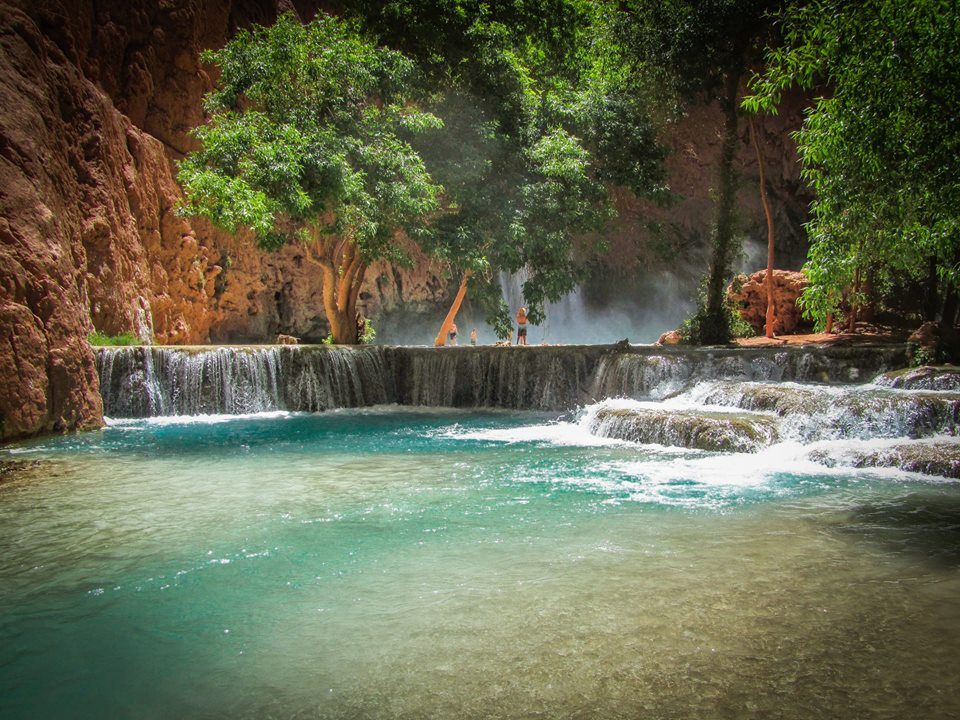
A backpacking trip through the Havasu Canyon offers a beautiful glimpse of Eden, and we’re not talking about the lady with the cascading sweat pants directly in front of you on the trail. The sites on this adventure are like literally nothing else in the world, with blue-green pools of water set against the backdrop of sparkling waterfalls and towering red cliffs.
One thing that potential visitors are always intimidated by is the thought that these hiking tours are some sort of ‘extreme sport.’ The truth is they vary in difficulty and can be catered to an individual’s experience level. Backpacking the Grand Canyon can include packing your own gear or having a guide do it for you. Plus it’s not like you’re living off the land, as lodging is a choice in addition to camping out in tents. You’ll even encounter small tribe grocery stores and motels on the journey.
Grand Canyon backpacking tours are a two-fold adventure, you can enjoy the experience but also the sights as well. Visit fsguides.com to see the once-in-a-lifetime excursions available that you’ll want to do over and over again.
Frequently Asked Questions
Planning a hike to the bottom of the Grand Canyon is a once-in-a-lifetime adventure that offers stunning views, rewarding trails, and unforgettable memories. Here are the most common questions travelers ask before taking on this iconic trek.
How difficult is it to hike to the bottom of the Grand Canyon?
The difficulty varies depending on the route, time of year, and your fitness level. Trails like the South Rim are well-maintained and suitable for most hikers with preparation, while the North Rim is more remote and challenging. Guided trips can help match trail difficulty to your experience.
How long does it take to hike to the bottom of the Grand Canyon?
Most hikers take one to two days to reach the bottom, depending on the trail and pace. Descending can take four to seven hours on popular routes like Bright Angel or South Kaibab. It’s best to plan your return as a separate full-day hike due to the steep elevation gain.
When is the best time of year to hike the Grand Canyon?
Spring (March–May) and fall (September–November) are ideal times to hike. Temperatures are cooler, crowds are smaller, and conditions are safer. Summer can bring extreme heat, especially below the rim, while the North Rim often closes in winter due to snow.
Do I need a permit to hike to the bottom of the Grand Canyon?
Yes, overnight hikes require a backcountry permit from the National Park Service. Lodging at Phantom Ranch or camping below the rim must be booked well in advance—often up to a year ahead due to high demand.
What’s the difference between the South Rim and North Rim hikes?
The South Rim is more popular, easily accessible, and offers established trails and amenities. The North Rim, though less crowded, provides a quieter and more rugged experience with breathtaking views. Both offer unique perspectives of the canyon’s landscape.
What should I pack for a Grand Canyon hiking trip?
Essentials include water, electrolyte snacks, layered clothing, sunscreen, a hat, and sturdy hiking boots. If you’re camping, pack lightweight gear and a first-aid kit. Guided tours often handle meals and equipment, so check what’s provided before your trip.
Can beginners hike to the bottom of the Grand Canyon?
Yes, beginners can complete the hike with proper preparation. Choosing a guided tour or starting with the South Rim trails is recommended. These routes provide support, rest stops, and facilities that make the experience more manageable for new hikers.
What makes Havasu Canyon so special?
Havasu Canyon features turquoise waterfalls and lush green surroundings contrasting against red canyon walls. It’s home to Havasu Falls, a world-renowned natural wonder. Access is limited, so permits and reservations are essential to protect the area’s beauty.
Are there places to stay at the bottom of the Grand Canyon?
Yes. Options include Phantom Ranch, which offers cabin-style lodging, or nearby campgrounds for tent camping. Reservations fill quickly, so booking a year in advance is common. Many hikers also stay at rim lodges before or after the descent.
Is it safe to hike to the bottom of the Grand Canyon?
Yes, with proper preparation. Carry enough water, start early to avoid peak heat, and pace yourself on the steep ascent. Following park ranger advice and weather updates ensures a safe and enjoyable experience. Guided tours add an extra layer of safety and convenience.
Four Season Guides, 506 N Grant St suite o, Flagstaff, AZ 86004, United States
+19285251552
35.19653980, -111.62000560

